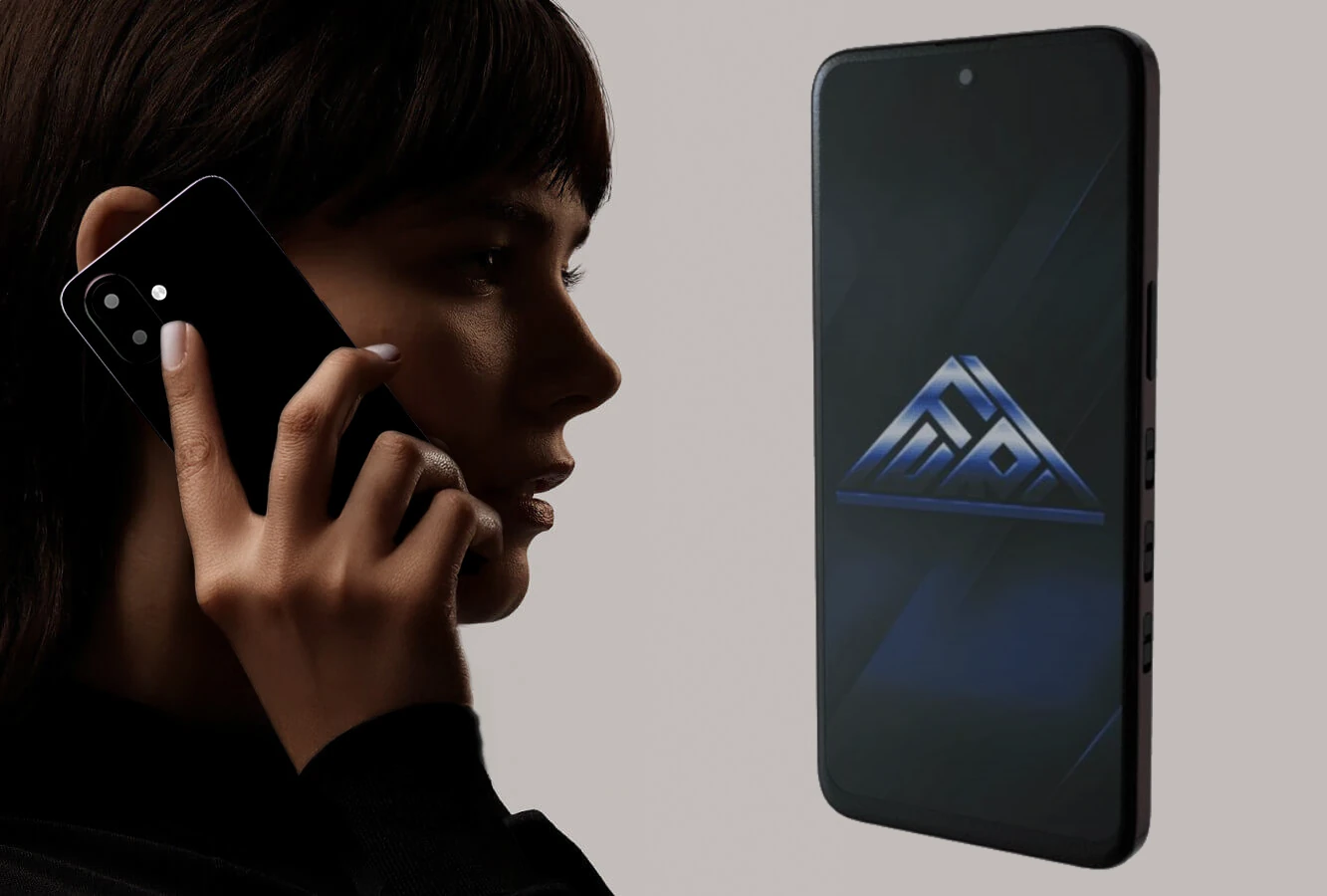Furilabs Furiphone FLX1s

Furilabs hat gerade ihr neuestes Smartphone, das FLX1s, angekündigt. Auf den ersten Blick wirkt die technische Beschreibung wie eine “Lite”-Variante des FLX1. Dass das FLX1s (Slim) nicht FLX2 heißt, zeigt, dass es sich nicht um eine neue Generation handelt, sondern um eine Überarbeitung des Vorgängers. Die Plattform ist weiterhin ein Dimensity 900, diesmal jedoch mit 8 GB RAM.
Die Speicherkapazität liegt weiterhin bei 128 GB, was für den normalen Gebrauch ausreicht. 256 GB wären heutzutage angemessener, aber 128 GB sind noch okay. Ich habe alle relevanten Daten auf meinem Smartphone und habe immer noch über 50 GB frei.
Das Design ist dieses Mal deutlich moderner. Allein das Gewicht reduziert sich von rund 280 g auf 200 g, was das Telefon im Alltag sicherlich anders wirken lässt. Ein derart niedriges Gewicht hatte bisher keine meiner Linux-Smartphones. Insgesamt ist das Gerät deutlich dünner: In der Breite und Höhe wurden jeweils rund 4 mm eingespart, in der Länge 2 mm – sodass es sich nicht mehr wie ein kleiner Ziegelstein anfühlen wird.
Das Display ist von 6,59″ auf 6,7″ gewachsen. Da das Smartphone insgesamt kleiner geworden ist, lässt das darauf schließen, dass der Bildschirm deutlich weniger Rahmen hat. Die Bildwiederholrate liegt nun fix bei 90 Hz, nicht mehr variabel zwischen 60–120 Hz. Ich hoffe, dass das Display heller ist als das des FLX1, da es in der Sonne kaum ablesbar war.
Der Klinkenanschluss ist dem neuen Design zum Opfer gefallen. Wer also sein altes Klinke-Headset weiter nutzen möchte, muss auf einen USB-C-Adapter zurückgreifen. Dafür gibt es nun die „Old-School“-Hardware-Schalter an der Seite, wie man sie vom Librem 5 kennt: LTE, Wi-Fi und Mikrofon/Webcam können ausgeschaltet werden, ohne dass man sich vorher einloggen muss.
Die Rückkamera hat nun nur noch 20 MP statt 50 MP, was zunächst auf eine schlechtere Qualität schließen lässt. Ob dem tatsächlich so ist, wird sich noch zeigen.
Der USB-C-Anschluss ist leider nur noch USB 2.0, was die grundlegende Funktionsvielfalt sicherlich einschränkt. Persönlich habe ich ihn ohnehin nur zum Laden genutzt; Daten habe ich via SSH ausgetauscht. Das NFC hat man beim FLX1s direkt weggelassen, da es auch schon beim Vorgänger nicht lief, da scheint die Community und die Hersteller noch etwas nachholen zu können :)
Fazit - auf den ersten Blick
Ein paar Punkte machen mich beim neuen FLX1s etwas nachdenklich: Die Kamera hat weniger Auflösung, der USB-C-Anschluss ist via USB 2.0, und der Akku scheint nicht so einfach zu wechseln zu sein.
Es gibt aber auch positive Aspekte: Das Telefon ist deutlich leichter, die drei praktischen Hardwareschalter an der Seite sind „wieder“ vorhanden, dass der Rahmen um den Bildschirm reduziert wurde, das gesamte modernere Design, und zuletzt nimmt man den zusätzlichen Arbeitsspeicher natürlich gerne mit.
Ich habe mir das FLX1s bestellt und hoffe, es in ein paar Wochen in den Händen zu halten. Dann werde ich hier einen detaillierteren Vergleich zwischen den beiden Smartphones veröffentlichen.